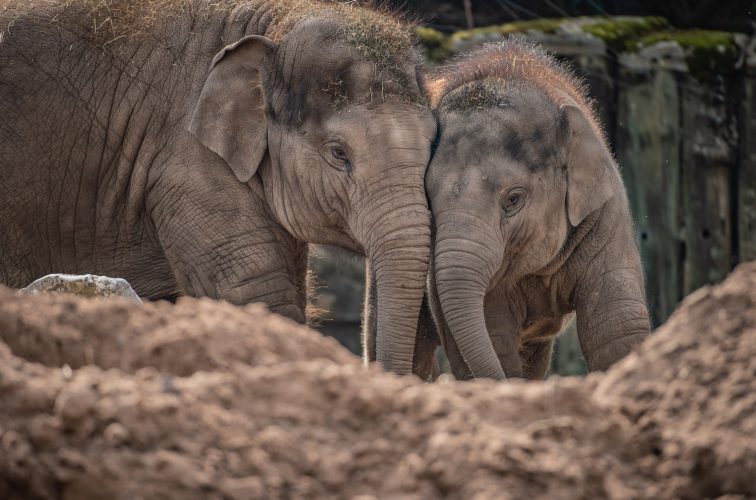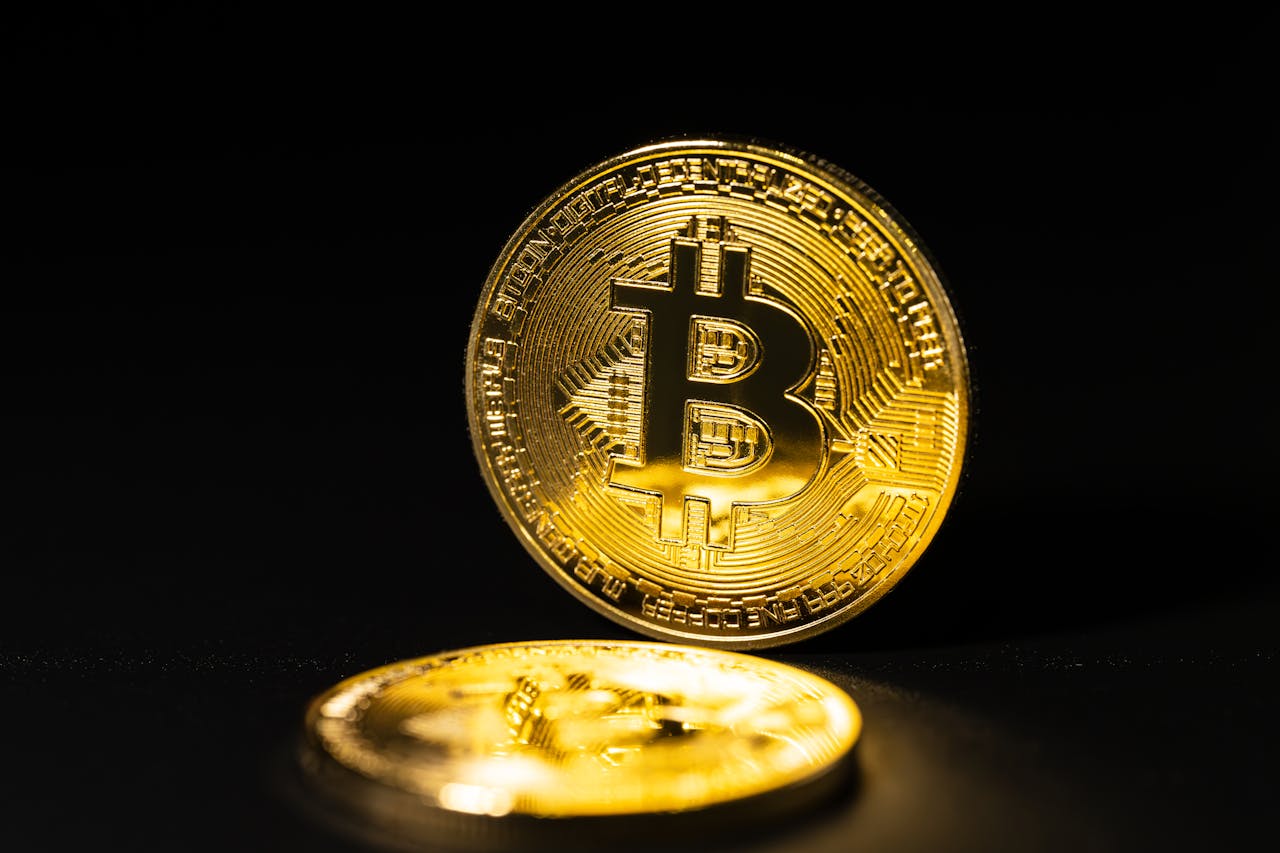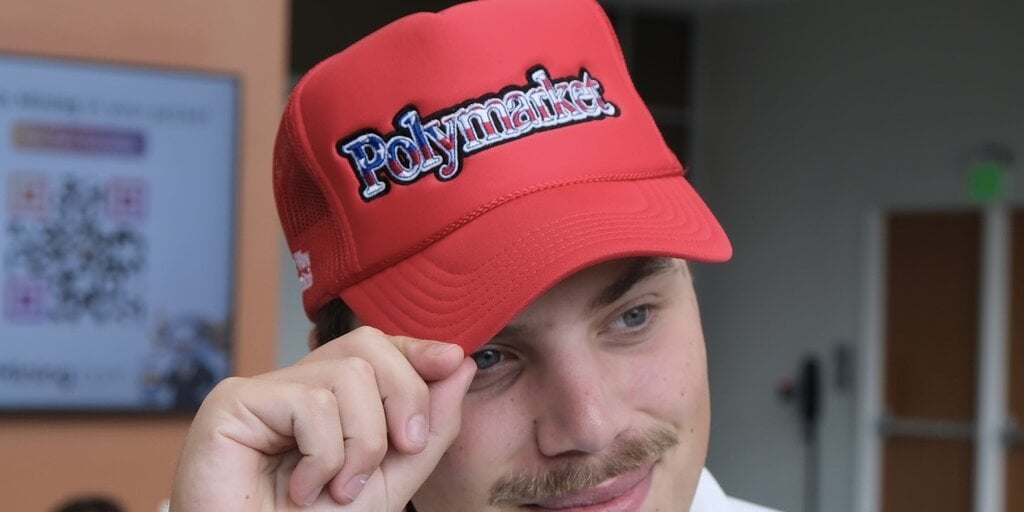New Vaccine Brings Hope to Elephants Battling Deadly Disease

Asian elephants once roamed from Iraq to eastern China, with a population likely exceeding 1 million. Domesticated at least 4,000 years ago for transportation, war and labor, they also populated the myths, religion and astrology in the region. Despite our intertwined history, the elephants’ fate is not so rosy today. A meager 30,000 to 50,000 Asian elephants are found in the wild, and their numbers are declining due to poaching, illegal trade, habitat loss and human conflict.
Unfortunately, another elephantine threat abounds: disease. Elephant endotheliotropic herpesvirus, or EEHV, is the leading cause of death for young Asian elephants in zoos, and it affects wild populations, too. The virus causes fatal hemorrhaging and can kill an elephant in 24 hours.
Researchers at the University of Surrey, the United Kingdom Animal and Plant Health Agency, and Chester Zoo in northwest England recently developed a vaccine. While several different types of EEHV exist, the vaccine targets one that causes severe cases of the disease in Asian elephants. By wiping out a lethal risk, the team is working to create a safer world for the animals across the globe.
A deadly, viral threat
While EEHV has existed for millions of years, it wasn’t discovered until the 1990s. Despite its recent entry into the medical world, it is a formidable enemy with a fatality rate of up to 80 percent. Both African and Asian elephants can contract it, but not all ages are at the same risk.
“It’s present in probably every adult elephant on the planet,” said Katie Edwards, lead conservation scientist at Chester Zoo. “Where it becomes a very dangerous thing is for young elephants that have never been exposed to the virus before the first time they encounter it. If they don’t have any immune protection to help them fight the virus, it can very quickly overwhelm them. And it turns into a hemorrhagic form of disease where essentially they suffer from internal bleeding, and it can be fatal very quickly.”
Adults can carry the disease, but they are largely unaffected by it, and very young elephants have some immunity as well.
“When a baby elephant is born, it gets some maternal protection from mum through the placenta, probably also through the milk,” Edwards said. “That lasts about the first two years of life.”
Nonetheless, if a slightly older elephant encounters the virus, their immune system can’t fight it off fast enough, Edwards said. Most cases of the resulting hemorrhagic disease occur in Asian elephants less than 10 years old.
A lifeline for the herd
Scientists now have a way to combat this life-threatening virus. Viruses cannot reproduce on their own. Instead, they replicate by invading a host cell in a plant or animal and hijacking it to create copies of themselves. In response, the plant or animal’s immune system fights back with several mechanisms. One way is through T cells, a type of blood cell that destroys infected cells, viruses, and bacteria, while signaling the presence of the virus to other parts of the immune system.
“In very simplistic terms, our body can either generate antibodies or it can generate T cells,” Edwards said. “With herpes viruses, we know that both are important, but likely the T cells are the line of defense where they stop and kill the virus. So, the T cells are designed to destroy the elephant cells that are infected with the virus and stop it replicating.”
The EEHV vaccine works by helping these critical T cells fight off the virus. It was tested in adult elephants, where it was shown to be safe and effective in triggering a strong immune response.
With this new tool in hand, the U.K.-based team is planning for broader distribution.
“We are exploring two paths,” Edwards said. “One is that we make it here in the U.K., and then we send it to wherever it’s needed. The other is the potential that we can give that recipe to our collaborators, and they can have somebody in their country make the different components.”
Ultimately, their goal is to make the vaccine freely available, Edwards said. But the vaccination schedule still poses a challenge for its delivery.
“We actually give two rounds of it about six weeks apart,” Edwards said. “That isn’t necessarily a challenge for elephants in zoos, but if we want to start thinking about wild elephants and protecting them against EEHV, we’re going to have to think a bit more creatively because there’s no way you’re going to get four doses of vaccine into a wild elephant.”
That means thinking about the ingredients and how to deliver it, so maybe it can eventually become a one-dose vaccine, Edwards said.
Still, the vaccine is a lifesaver for Asian elephants in captive care. Captive breeding programs preserve elephants’ genetic diversity and serve as reserve populations for reintroductions to the wild. That can benefit wild elephants and their environments, but breeding programs have another purpose, too.
“They also do an awful lot in terms of the human side of conservation — making sure that people grow up wanting to care about the natural world and wanting to preserve biodiversity,” Edwards said. “Zoos and the populations of things like elephants are massively important for that because, in a way, people aren’t going to learn to care about things that they can’t see and they don’t understand.”



Post Comment